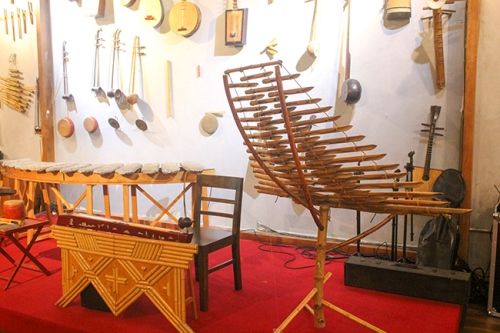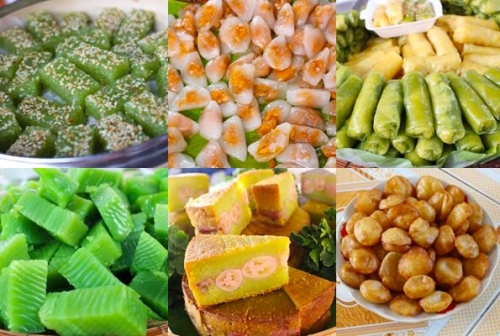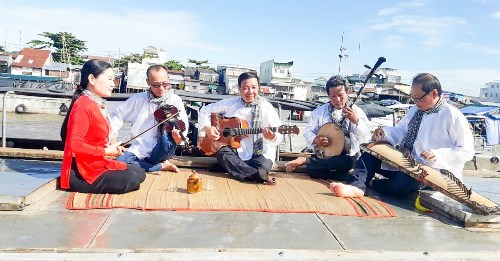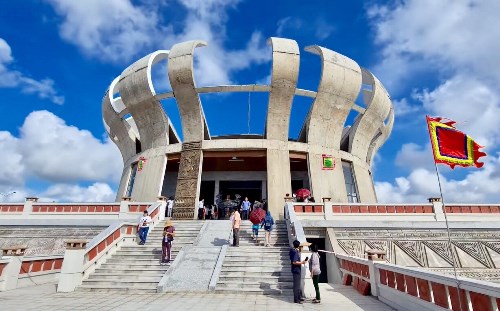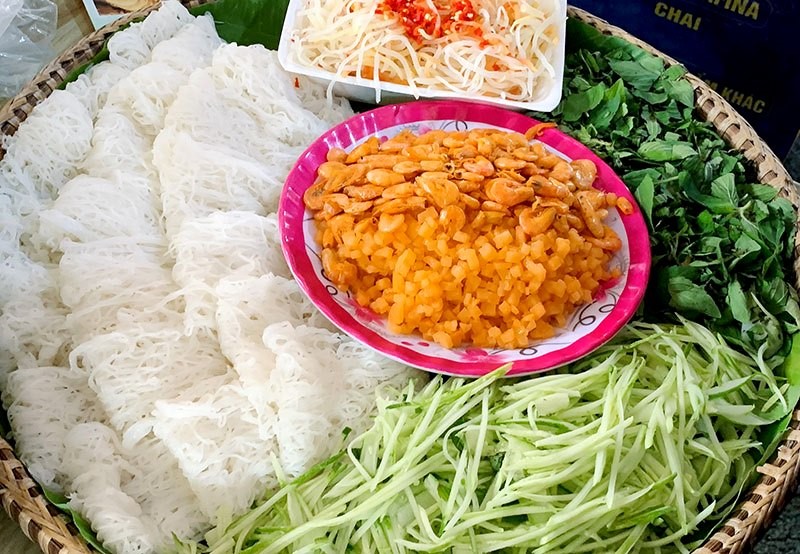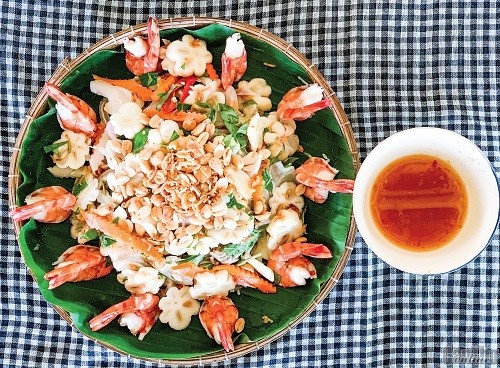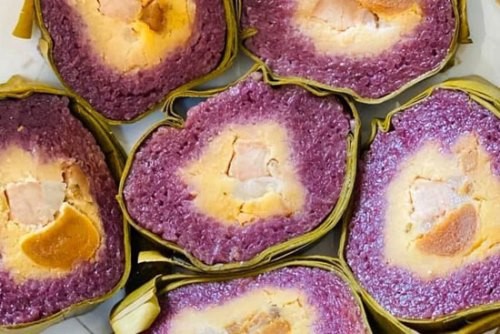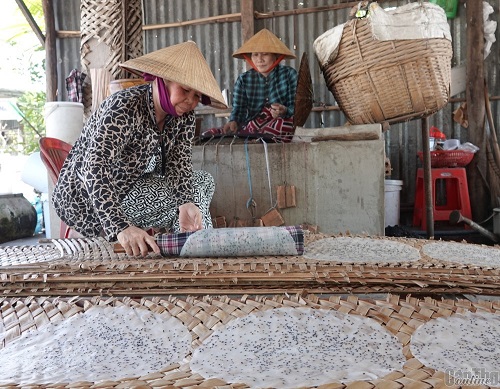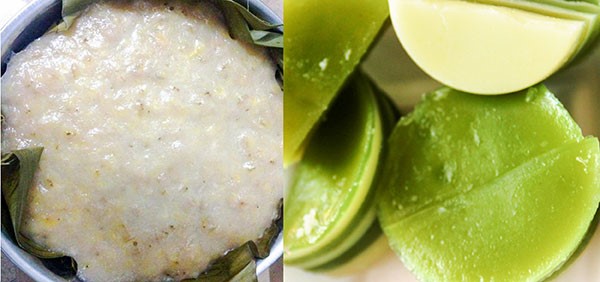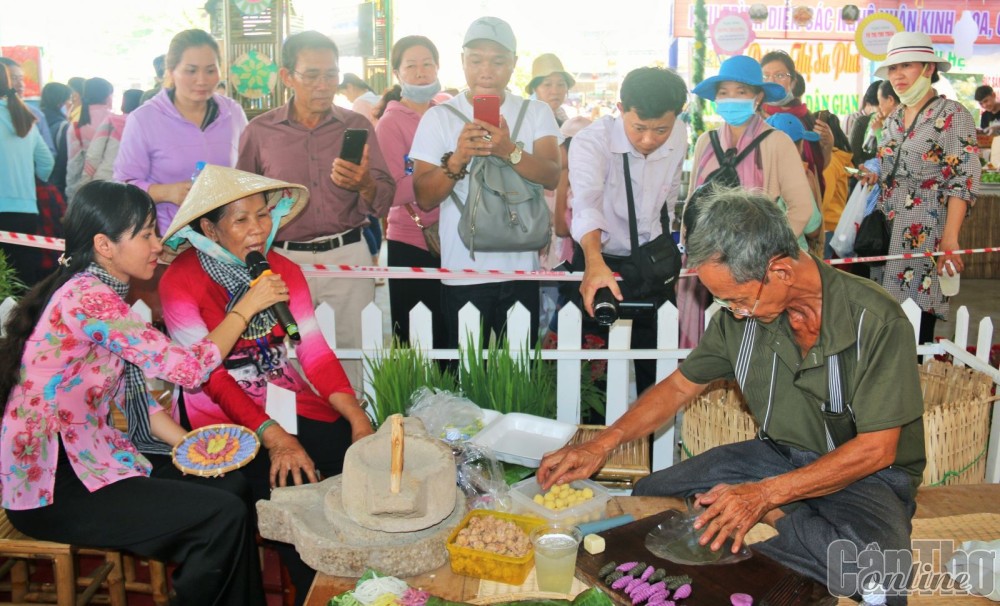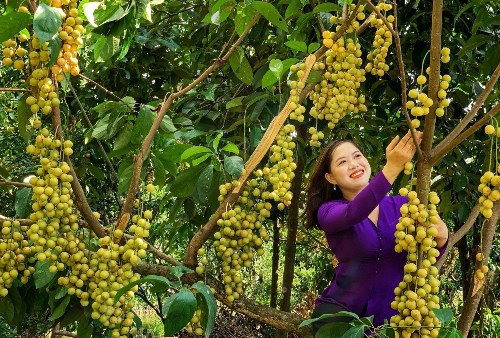
Currently, Burmese grape gardens in Phong Dien are in the harvest season. There are 4 types of Burmese grapes grown in this land namely bòn bon (Lansium domesticum or langsat), dâu Gia Bảo (green langsat), dâu Hạ Châu (Ha Chau Burmese grape), and dâu xiêm (Baccaurea ramiflora Lour). Each type has different flavors, the most famous is the Ha Chau Burmese grape, which is considered a specialty fruit of Phong Dien district. Ha Chau Burmese grape is popular with tourists for its sweetness and fragrance. Ha Chau Burmese grape trees start to bear fruit around April and last until September. At the beginning of the rainy season (usually in May), Ha Chau Burmese grape trees begin to ripen. The fruits can be elliptical, oval, or round and look much like small potatoes, and are borne in clusters similar to grapes.
Among the 26 fruit orchards in Phong Dien, Burmese grape gardens are concentrated in Phong Dien town, Nhon Nghia commune, Nhon Ai commune. Several famous Burmese grape gardens are Ba Thai, Vam Xang, Giao Duong, Tuan Tuong, 9 Hong, Ut Dzach, and so on. Visiting the gardens, you will learn the secrets of growing Burmese grapes and how to make the Burmese grape trees bear quickly, and how to care for fruit trees from sincere gardeners. Mr. Nam Lien (Tran Van Lien), the owner of Vam Xang garden, is always happy and generous to share “everything” he knows about plants and fruit trees when asked. The most well-remembered story about him is how to distinguish between the male and Burmese grape trees, which also makes tourists love the people of this land more and more.
Among the gardens of rambutan, durian, mangosteen, longan... in Can Tho, the largest and most fruitful orchard is My Khanh Tourist Village in Phong Dien District. My Khanh orchard has been expanded with about 10 hectares, accounting for nearly 50% of the tourist village. Mr. Nguyen Huu Hoang, Deputy Director of My Khanh Tourist Village, said: “Fruit-laden orchards are our strength to develop sustainable tourism. On the one hand, we preserve the green space. On the other hand, we produce fruits all year round and create new tourism experiences for visitors, especially the program of becoming a farmer or becoming a landlord.”
According to statistics at several tourist sites and attractions, up to 70-80% of visitors from North Vietnam choose to visit fruit gardens. Moreover, they often travel here in summer, thus leading to a significant increase of domestic tourists in summer. However, the COVID-19 pandemic has caused a significant decrease in the number of visitors to Can Tho city. The good news is that many of them return, especially in the fruit season. Mrs. Tam Doi, Mr. Pham Van Phuoc’s wife (the owner of Rach Ke - Tam Doi garden), said: “Tourists still come. But we only receive small groups for COVID-19 pandemic prevention and control”. Rambutan is the main crop in the Rach Ke - Tam Doi garden. In recent years, the garden owner has planted more durians, guava, oranges, star apples ... to better serve tourists. He also cooperates with the surrounding gardeners so that tourists can visit more orchards and see more fruit trees all year round.
Binh Thuy district has many perennial fruit trees, especially in Son islet. Located in the middle of Hau River, Son islet fed by alluvial soil all year round is suitable for growing many kinds of fruit trees such as sweet orange, green skin grapefruit, star apple, rambutan, longan, etc. Mr. Nguyen Thanh Tam, the owner of Thanh Tam garden, said: “Dimocarpus Longan, queen guava, Taiwan guava are the main fruits of my garden. Guava trees bear fruit all year round, and the harvest season of longan is from May to July. In the summer, the peak season for tourism, there are not enough fruits in my garden to serve visitors”. In the summer of 2020, Mr. Thanh Tam picked several hundred kilograms of longan every day, but still not enough to sell. Not far from Thanh Tam garden is the rambutan garden of Ms. Nam Phuoc (Phan Thi Kim Phuoc). Usually, when the fruit is fully ripe, you can travel to some orchards and freely pick the fruit you want for about 2-3 weeks. The fruit is ripe and needs to be harvested quickly. Therefore, you should choose the right time to visit the orchard to both take beautiful photos and enjoy the fresh fruit in the garden.
More than 50km from the city center, Tan Loc islet (Thot Not district), is known as the “sweet island” of Can Tho city because this land has many delicious fruit trees such as sweet mango, bell apple, rambutan, guava, etc. The outstanding feature of this region's fruit is that it is grown in greenhouses, or covered with cloth. Fruits in this region are also known as plum covered with cloth or guava wearing clothes, etc. With this particular method, the fruit here is not only clean, fresh, and safe to eat but also has a characteristic sweet aroma. On Tan Loc islet, you can visit Ms. Diep's garden, Mr. Thong’s garden, and so on.
In the summer, the fruit trees in Can Tho are fully ripe. With the airy, green, and fresh garden space, you can visit famous orchards in Can Tho city to relax and eat fruits at weekend. At the moment, fruit gardens in Can Tho are also limited to receive a large number of tourists. However, traveling in small groups or families is allowed if you strictly comply with the medical regulations on COVID-19 pandemic prevention and control. To relieve pressure and relax, orchards in Can Tho city can be the perfect destination this summer.
Source: Can Tho Newspaper - Translated by Hoang Dat





